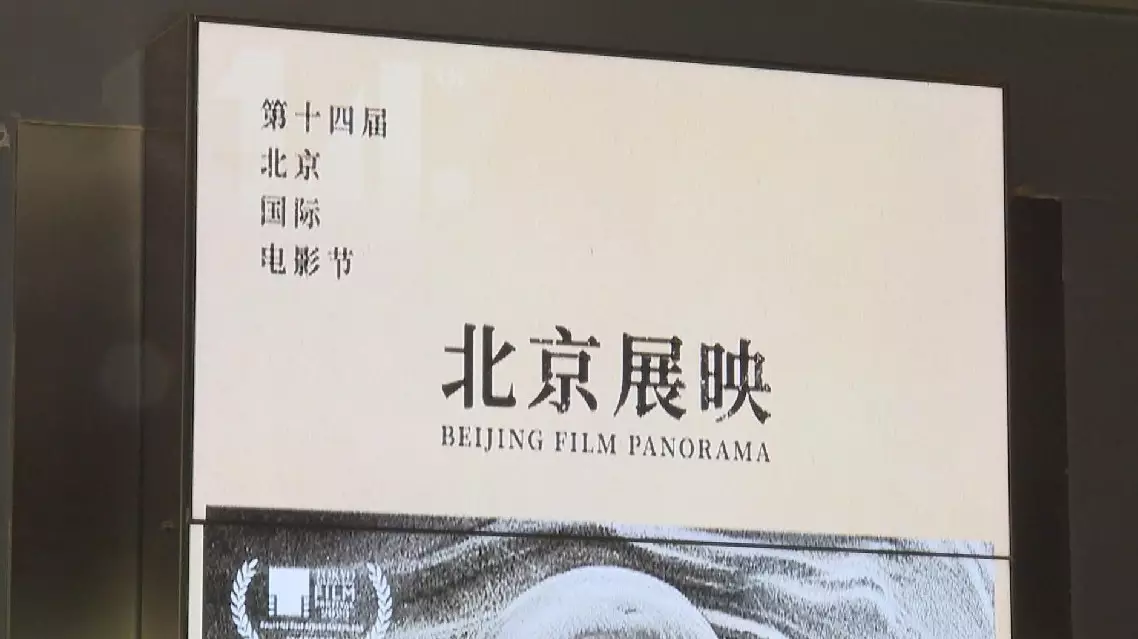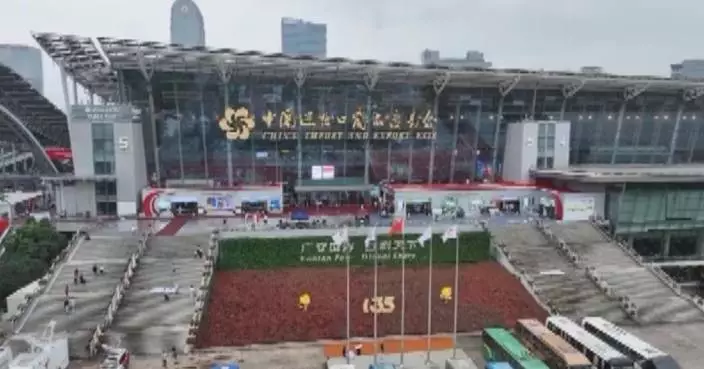Over 240 domestic and foreign films are to be screened at 27 cinemas in Beijing, Tianjin and Hebei during the 14th Beijing International Film Festival, which opened Thursday. The film screening, named Beijing Film Panorama, is one of the most popular activities of the event among filmgoers. This year the activity highlights 750 screenings in 16 units. Among the 240 films to be screened are those nominated for awards and restored classic ones.
All the Long Nights, a Japanese film directed by Sho Miyake, opened the curtain of the screening activity.
"This year both the screenings and the films to be screened outnumber those of last year," said a filmgoer.
"I actually come to the Beijing film festival every year, watching films for three or four years in a row. So, I'd follow the film schedule starting from now," said another one.
The organizers of the film festival have divided Beijing into several screening zones for the first time, so as to make it easier for audience to attend the screenings.
"In scheduling the screenings, we took much into consideration of audience moving from one cinema to another. The Beijing Film Panorama has been held for a dozen years. In the past two years, we have also actively cooperated with other film festivals around the world to get access to the latest productions and have direct communication with them," said Lin Siwei, deputy curator of the China Film Archive, which is part of the northern screening zone in Beijing.
This year's film festival will run through to April 26.

Beijing film festival to screen 240 domestic, foreign movies
The year of 2024 marks the 75th anniversary of diplomatic relations between China and Hungary, with Shanghai highlighting the significant impact of Hungarian culture, exemplified by poet Sandor Petofi and architect Laszlo Hudec.
A special program on China Global Television Network (CGTN) that aired on Thursday opened with a reflection on the powerful words of Sandor Petofi, a revered 19th-century Hungarian poet.
His lines "Liberty and love. These two I must have. For my love, I'll sacrifice my life. For liberty, I'll sacrifice my love," resonated with Chinese audiences, largely due to the translation efforts of Lu Xun, a pivotal figure in modern Chinese literature.
In 2007, to commemorate this deep historical connection, the Hungarian government donated a sculpture of Sandor Petofi to Shanghai's Lu Xun Park.
This statue not only symbolizes the enduring friendship between the two countries but also highlights the cultural bridges built by figures like Lu Xun, who introduced Petofi's profound words to Chinese readers.
Another notable Hungarian, the Slovak-Hungarian architect Laszlo Hudec, spent approximately three decades in Shanghai from 1918 onwards, leaving an indelible mark on the city's architectural landscape.
He designed over 60 buildings, significantly enriching Shanghai's skyline with a blend of European architectural styles.
Bence Lengyel, a Hungarian student pursuing his postgraduate degree in international relations at Renmin University of China in Beijing, outlined Hudec's architectural contributions.
"So, basically this Wukang Mansion is located in Shanghai's former French concession area. And this building was built in 1924, and it was celebrated for its unique Renaissance style. And here, we can see some pictures how does the building looks from the inside. Because now, it still operates as these apartments. So people are still living in this big building, so it is forbidden for visitors to enter. But thanks to these pictures, we can get a small insight how does this building look from the inside," Lengyel explained.
The journey through Hudec's legacy also includes the Grand Cinema, designed in 1933 and recognized as a pioneering example of Art Deco in China.
Lengyel shared a personal memory: "One of my highlights during my five years living in China was definitely when I have visited the Grand Theatre here in Shanghai with my friend. Because four years ago, when I was studying in Shanghai, I was studying Chinese and we went in to watch a movie in Shanghainese. So we came to this theater and right after the movie has ended, we got out of the theater and we saw that big plaque right next to the front door. And that was the time when we realized that this Grand Theater was also built by Hudec Laszlo."
Adjacent to the cinema stands the Park Hotel, another Hudec masterpiece, which was Shanghai's tallest building for over five decades.
"So basically, this Park Hotel is one of my favorites. And after reading so much about his journey from Hungary to becoming a well-celebrated architect in Shanghai, I think it's truly inspirational and I'm happy that I can share the same cultural heritage as him. And I think his own ideas and designs [are] what made him so famous in Shanghai," Lengyel reflected.
Decades of cultural exchanges between China and Hungary have significantly enriched Shanghai's architectural and cultural landscape, deepening the understanding and appreciation of Hungary's contributions to China.

China celebrates Hungarian cultural legacy through poetry, architecture










